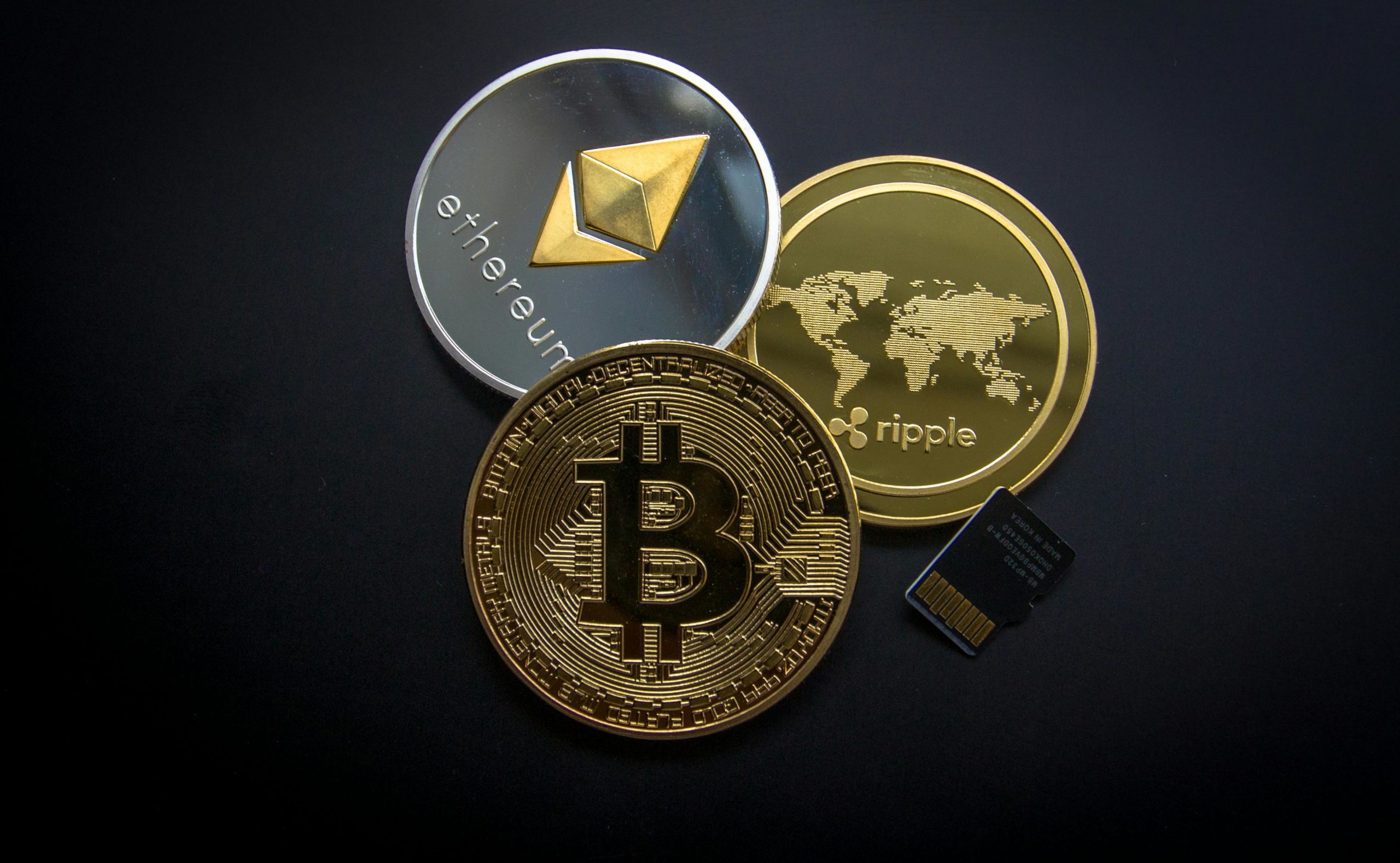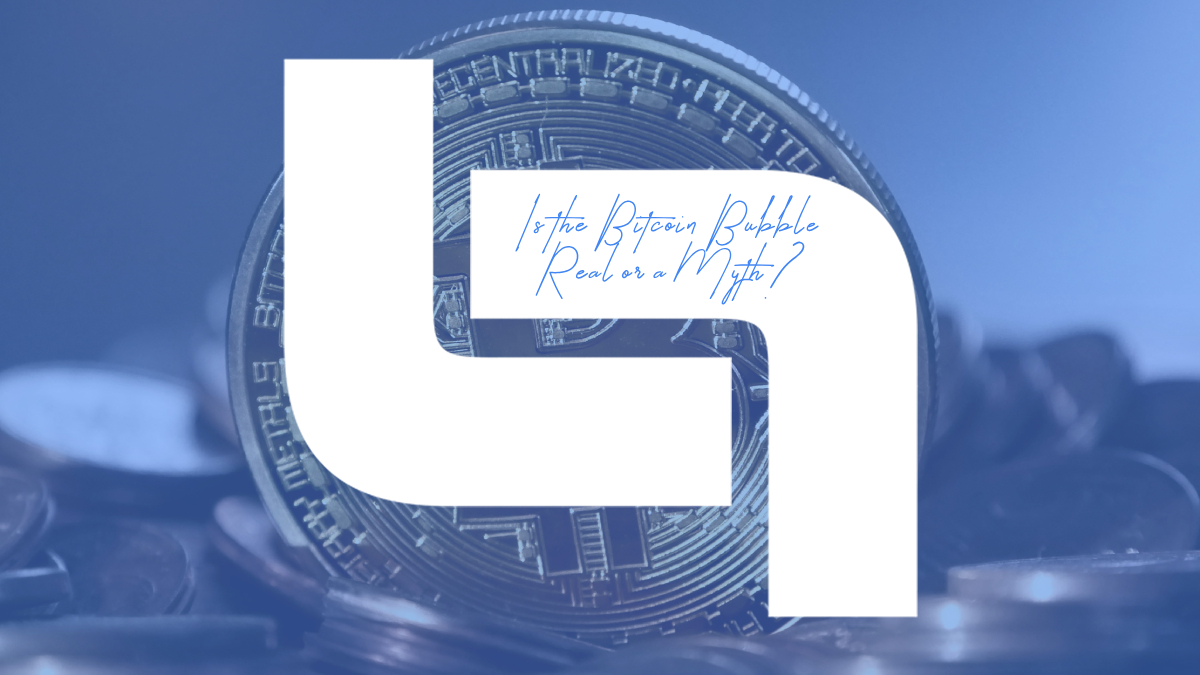Has Bitcoin rewritten the rules of financial bubbles, or is it on the brink of a dramatic burst? This article delves into the fervent debate surrounding Bitcoin, examining whether it mirrors classic economic bubbles or stands as a groundbreaking asset backed by robust technology and growing mainstream acceptance. Visit https://immediateprofit.app if you are looking for a trusted trading platform online.

The Economics of Bubbles: A Historical Perspective
What exactly is an economic bubble? At its core, a bubble represents a surge in asset prices driven more by market sentiments than by intrinsic value. Take, for instance, the Tulip Mania of the 1630s, often cited as the first recorded speculative bubble. During this period in the Netherlands, tulip prices skyrocketed and then dramatically collapsed, ruining many financially.
Similarly, the South Sea Bubble of the early 18th century involved an overvaluation of the South Sea Company’s stock, leading to ruinous losses for many British investors. Fast forward to the late 1990s, and we see the Dot-Com Bubble, where the value of internet companies soared and then burst, marking another stark reminder of the bubble’s impact on economies.
These historical bubbles share common phases: a steady rise in market value, peak investor enthusiasm, and a sudden, steep decline. Recognizing these phases can help investors identify potential bubbles in the making. Are you aware of the current trends in your investments that might indicate a bubble?
Arguments Supporting the “Bitcoin is a Bubble” Theory
Many financial pundits argue that Bitcoin exhibits classic bubble characteristics, primarily its rapid price surges driven by speculative investing. Consider the phenomenal growth Bitcoin experienced in late 2017 and again in 2020-2021, where its value soared exponentially within short periods. Such explosive growth often raises concerns about sustainability and the real value of the asset.
Historically, similar patterns are evident in financial bubbles like the Dot-Com Bubble in the late 1990s. Internet companies’ stock prices soared based largely on speculative forecasts rather than solid business fundamentals. Many of these companies failed to deliver on their potential, leading to massive losses for investors when the bubble burst. The resemblance between Bitcoin’s rapid ascents and the trajectories of historical bubbles such as the Dot-Com and Housing bubbles—both characterized by unrealistic investor expectations and market overvaluation—suggests that Bitcoin could be heading in a similar direction.
Furthermore, numerous financial experts and economists have expressed skepticism about Bitcoin’s inflated value. Prominent figures like Warren Buffett and Nobel laureate economist Paul Krugman have warned of Bitcoin’s potential collapse, likening it to past financial manias that ended disastrously for many investors. These experts argue that the lack of intrinsic value and regulatory oversight in Bitcoin makes it particularly risky and bubble-like.
Investors are often drawn to Bitcoin by the fear of missing out (FOMO), a psychological phenomenon that fuels speculative bubbles by enticing latecomers to invest at high prices, only to suffer when the bubble bursts. Considering these aspects, it is crucial to ask: Are the current investment decisions in Bitcoin driven by rational considerations or merely by the allure of quick gains?
Counter Arguments: Why Bitcoin May Not Be a Bubble
Contrary to the bubble theory, several compelling arguments support Bitcoin’s lasting value and resilience. The core of these arguments lies in the intrinsic value provided by blockchain technology. Blockchain offers a decentralized, tamper-resistant ledger system, which increases security and reduces dependency on traditional banking systems. This revolutionary technology underpins Bitcoin’s value proposition by facilitating secure, transparent transactions without the need for intermediaries.
Moreover, Bitcoin’s increasing integration into the mainstream financial ecosystem suggests its growing legitimacy and potential long-term stability. Several multinational corporations and small businesses alike have begun accepting Bitcoin as payment, reflecting its expanding utility beyond mere speculative investment. Governments and financial institutions are also recognizing cryptocurrency’s potential, with countries like El Salvador adopting Bitcoin as legal tender, which could signify a broader trend towards acceptance.
Observing Bitcoin’s market behavior, one can note that despite significant volatility, it has consistently recovered from major corrections and continued to reach new highs. This pattern differs from traditional bubbles, which do not recover once they burst. Each market correction has been followed by a period of consolidation, where the price stabilizes before climbing again, suggesting a maturation of the market’s understanding and acceptance of Bitcoin.
These factors—blockchain’s practical application, increasing institutional adoption, and resilient market corrections—paint a picture of Bitcoin as a new asset class undergoing natural growth fluctuations rather than a speculative bubble destined to burst. As you consider your stance on Bitcoin, how do you view these counterarguments against the backdrop of its volatile yet innovative nature?

Conclusion
Whether viewed as a modern-day tulip mania or a legitimate financial revolution, Bitcoin continues to spark intense debate. As we’ve explored both sides of the argument, it’s clear that Bitcoin’s future, bubble or not, will significantly influence how digital currencies are perceived and used worldwide.

